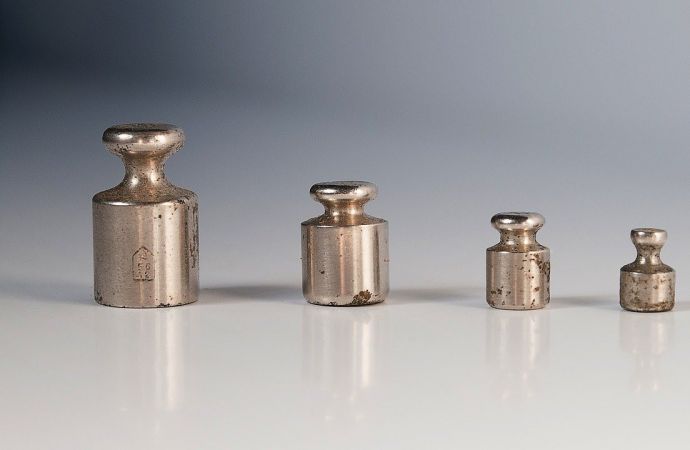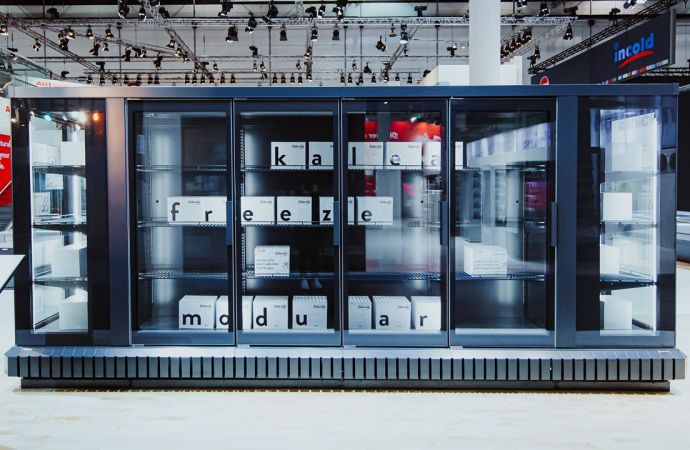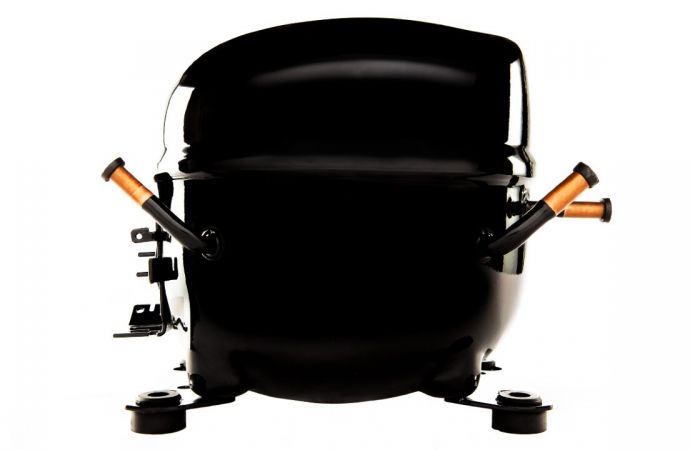The IEC charge-limit standard needs to go up from 150g for split home ACs, says NGO at ATMO/DTI Conference.

The global charge-limit standard for hydrocarbons in residential air conditioners, set by the International Electrotechnical Commission (IEC), is a major obstacle to cutting greenhouse gas emissions, said Fionnuala Walravens, Campaigner at the London office of the Environmental Investigation Agency (EIA),
Walravens delivered that message in her presentation at the ATMO/DTI Technical Conference, an online event hosted by shecco (publisher of this website) and the Danish Technology Institute, on June 23 and 24.
“At the moment, the [IEC] standard for residential AC seriously constrains the amount of A3 flammable refrigerants you can use,” said Walravens.
She encouraged industry stakeholders to support progressive changes to the standard. “It’s up to companies to step up and make this happen.”
Residential AC units can only use 150g (5.29oz) of A3 class (flammable) refrigerants, such as propane (R290) in the product safety standard IEC 60335-2-40. (This is the amount allowed in any room size. The charge limit could be increased to 998g [34.85oz], but then the room area and and installed height of the unit need to be considered.)
An IEC working group is now looking at revising the residential AC charge allowance for A3 refrigerants by next year, she said. Under considerations are new options by which the charge limit could be increased to up to 988g per circuit, including improved system tightness, minimum airflow and maximum releasable charge, according to a LIFE FRONT report, “Impact of Standards on Hydrocarbon Refrigerant in Europe.”(shecco, publisher of this website, is a participant in the LIFE FRONT project.)
The EIA has worked with Öko-Recherche, a Frankfurt, Germany-based environmental research institution, to “try and understand what the climate benefits of this change to the standards could be,” she said. They found that using hydrocarbon-based split equipment has the potential to significantly reduce CO2e emissions over the next few decades, said Walravens.
Under a “mid ambition” scenario, where by 2050 90% of new split system equipment manufactured is hydrocarbon based, the cumulative savings would be 2.4Gt of CO2e emissions, she noted.
Under a “high ambition” scenario, where HFCs are banned in small split AC systems by 2025, “we can have savings of over five gigatons,” said Walravens. “To put it into context, the EU's entire greenhouse gas emissions for 2018 was 4.2 gigatons.”
Walravens pointed out the urgency of using hydrocarbons rather than HFCs by noting the massive increase in AC units expected in the coming decades. The International Energy Agency (EIA), she noted, has projected that by 2050, the global stock of air conditioners will triple to 2.6 billion units. “So, to put that in another way, that's basically 10 new air conditioners being sold every single second for the next 30 years.”
A way to bypass standard?
Another speaker at the ATMO/DTI conference, Asbjørn Vonsild, head of Denmark-based Vonsild Consulting, noted that publication of the next iteration (edition 7) of the IEC 60335-2-40 standard is expected in late 2021/early 2022. He also observed that the draft of the new standard enables smaller rooms to have a higher hydrocarbon charge in ACs with the introduction of “new concepts,” including releasable charge, built-in airflow and enhanced tightness.
Moreover, he said, conducting a “risk assessment” of an AC system with a higher hydrocarbon charge, which employed these concepts, is a way for a manufacturer to bypass the current charge-limit standard.
“I actually would highly recommend it,” he said. ”There’s no need to wait for the final publication.
It’s up to companies to step up and make this happen."
– Fionnuala Walravens, EIA
Related stories



